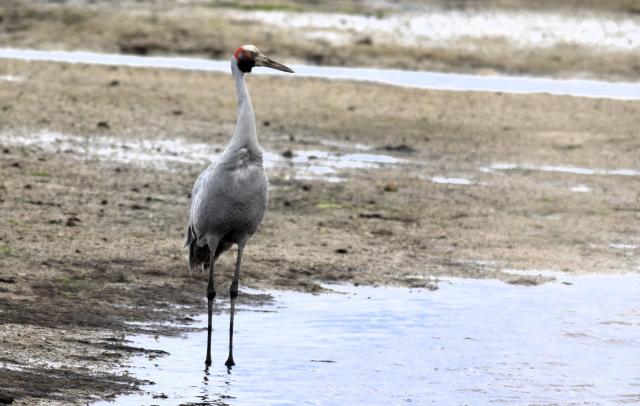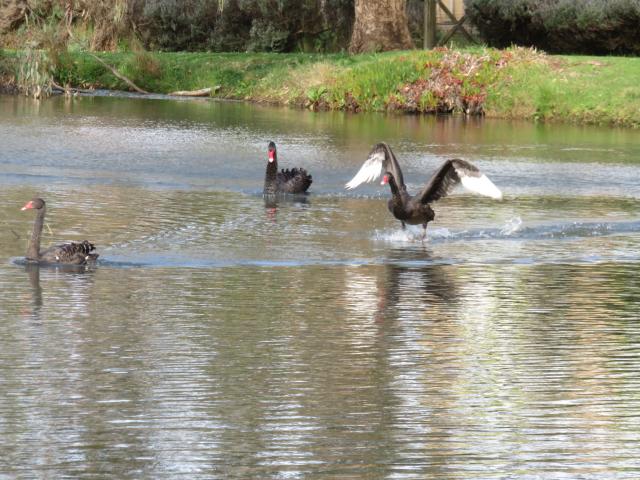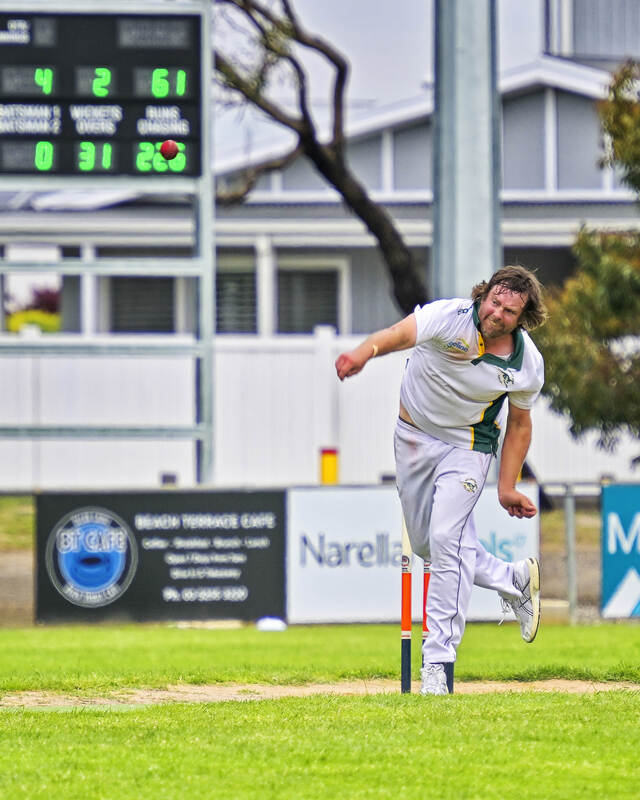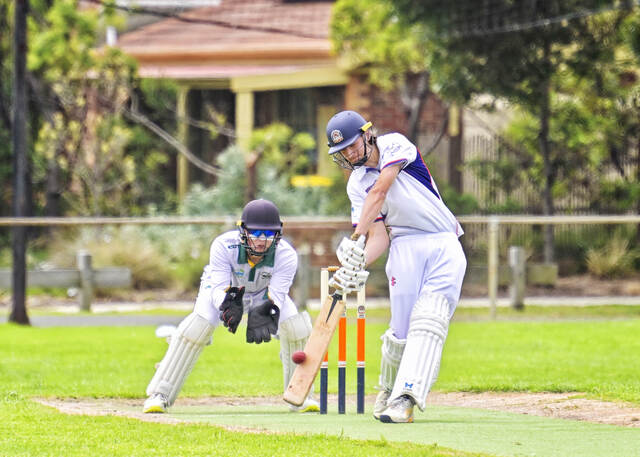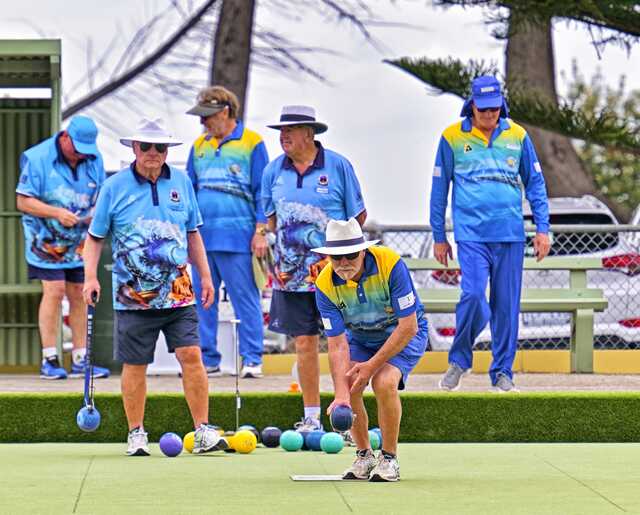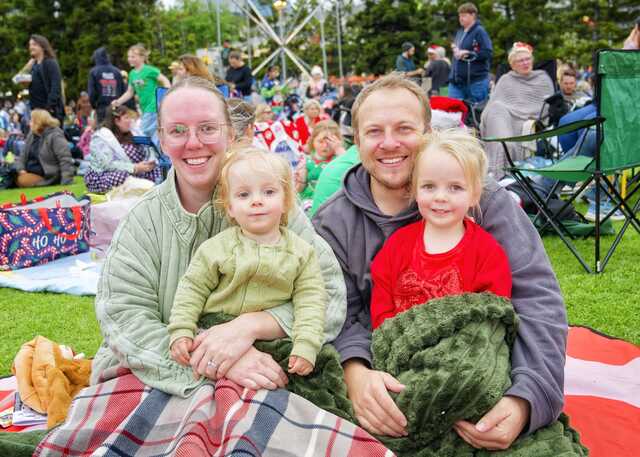I spent a few days in Melbourne over the past fortnight, attending a work conference.
I had a few walks along the Yarra between Kew and Alphington and was surprised to see a small flock of king parrots as well as a pair of kookaburras.
The most common bird seen in Melbourne was the omnipresent rainbow lorikeet. These birds are certainly thriving in many areas of Australia.
On the way home from Melbourne I took a detour to Western Treatment Plant, as I hadn’t been there for months. I was pleased to see good numbers of brown falcons, nankeen kestrels, pied stilts and white-faced herons.
I saw a small flock of curlew sandpipers, that are migratory shorebirds that have obviously chosen to over winter in southern Australia rather than flying to the Northern Hemisphere to breed.
I was pleased to spot a peregrine falcon roosting high in a tree canopy in Point Wilson Road. I think this bird was a female as it was a large bird and female peregrines are noticeably bigger than males.
I also saw four magnificent brolgas. I was looking along the Spit for blue-winged parrots or maybe even an orange-bellied parrot, but didn’t spot either of these beautiful birds.
On the subject of the critically endangered orange-bellied parrots, 36 of these birds were released from captive breeding programs in late April to the Spit Nature Conservation Reserve in Northern Western Port Bay and Lake Connewarre on the Bellarine Peninsula.
This project aims to establish flocks of released birds in suitable habitats in Victoria with the aim of attracting naturally migrating orange-bellied parrots to those sites to improve the over-winter survival of these birds. These birds are being electronically monitored to track their movements and survival.
The Bellarine Peninsula was also in the news over the past fortnight after a tree was cut down and three barn owl hatchlings were found in a hollow of the tree. These birds were taken to the Werribee Zoo where they were looked after in a tree-like hollow.
The parent birds were assumed to have left the area after their hollow was destroyed. The three owls fledged and were released back into the wild this week. Wildlife carers asked residents to check hollows in trees before cutting the trees down. Hollows are crucial for many species of animals and birds for shelter and nesting.
I received a lovely email from Fiona and Phill, who are periodic visitors to Ocean Grove as they have family in the area. They love birds and are long term nature observers, as Phil worked as a park ranger for 40 years.
Phil was outside at night in the Woodlands area, using a thermal monocular to observe possums, when he saw a large bird flying in the scope and in the torchlight saw a very large wingspan of some sort of owl.
They were wondering if powerful owls have been seen around the Bellarine, to which I replied that the bird was most likely a male tawny frogmouth as powerful owls are very unlikely to be seen in Ocean Grove, with the closest sightings being at Point Addis.
Powerful owls are found in forests in eastern and south-eastern Australia, mainly on the coastal side of the Great Dividing Range from Mackay to south-western Victoria.
There is currently an exhibition of bird photos taken by Bellarine Birdlife members at SpringDale Neighbourhood Centre at Drysdale if anyone is interested in having a look.
I received an email from Carla and Brian, who observed that the fledgling cygnets at Blue Waters Lake are being chased off by the parent birds, who may be preparing to nest again. Swans nest all year around, even during winter, as they are very hardy and resourceful birds.

